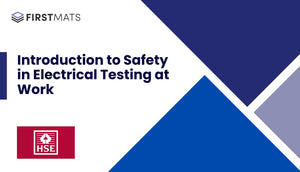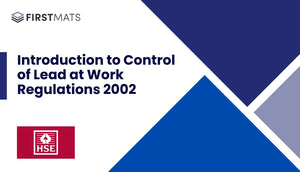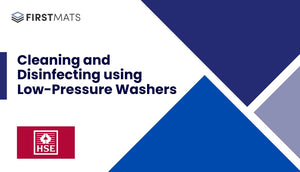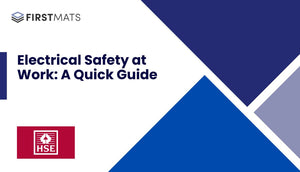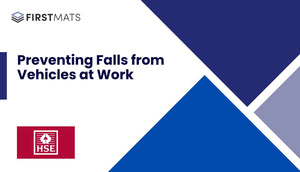Article Index:
Introduction
This article is a simplified guide to the Health and Safety Executive (HSE) document titled "Pressure Systems: A Brief Guide to Safety", coded INDG261(rev2). The original document, published in November 2012, provides essential information on the safety measures required when working with systems or equipment that contain a liquid or gas under pressure. This article will cover the key points from the document in a format that is easy to understand.
Understanding Pressure Systems
Pressure systems and equipment, such as boilers, compressed air systems, and heat exchangers, can pose significant risks if they fail. Failure can result in serious injury, death, and property damage. The primary causes of incidents include poor equipment design, inadequate maintenance, unsafe work systems, operator errors, and improper installation or repairs.
The main regulations governing pressure equipment and systems in the UK are the Pressure Equipment Regulations 1999 and the Pressure Systems Safety Regulations 2000. Employers, self-employed individuals, designers, manufacturers, suppliers, installers, users, and owners all have duties under these regulations.
Reducing the Risk of Failure
To reduce risks associated with pressure systems, it's crucial to:
- Provide safe and suitable equipment
- Understand the operating conditions
- Fit suitable protective devices and ensure they function properly
- Carry out suitable maintenance
- Provide appropriate training
- Have the equipment examined by a competent person
Selecting a Competent Person
The competent person, who could be an individual or an organisation, should have the necessary knowledge, experience, and independence to carry out the required functions. They are responsible for preparing or certifying the written scheme of examination and undertaking an examination of the pressure system in accordance with the scheme.
Further Information
For more detailed information, the original HSE document and other related publications can be accessed on the HSE website. It's essential to note that while following the guidance provided by the HSE is not compulsory, it can help ensure compliance with the law.
Conclusion
Understanding and following the guidelines and regulations outlined in the HSE's INDG261(rev2) document is crucial for anyone working with pressure systems. This guide has simplified the key points, making them more accessible. However, for more specific or detailed information, the original document and other resources provided by the HSE should be consulted.


